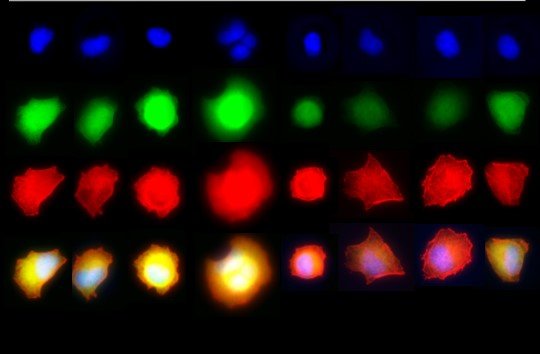
MUNICH, 29th November 2018 – German scientists have taken a major step forward in research into type 1 diabetes. They have identified the signals responsible for the development of immature pancreatic cells. This could pave the way for the modification of stem cells into insulin-producing pancreatic cells.
The study was led by Prof. Dr. Henrik Semb. The aim is to find new approaches for cell replacement therapy in type 1 diabetes. He recently joined the Helmholz Zentrum in Munich. There he is responsible for the Institute for Translational Stem Cell Research. He is also Professor at the Novo Nordisk Foundation Center form Stem Cell Biology (DanStem) at the University of Copenhagen.
Research approach
Type 1 diabetes is an autoimmune disease. The disease destroys insulin-producing cells in the pancreas, also known as pancreas. According to the scientists, these broken cells are to be replaced with stem cells. Up to now, the basis for this method has been mainly empirical, i.e. by observation, found substances. However, their mode of action was largely unknown.
“We have now succeeded in working out the basic signals that decide whether a precursor cell develops into an endocrine – i.e. hormone-producing – or a scaffold cell,” said Prof. Dr. Henrik Semb.
Cells act like pinball machines
“Like in a pinball machine, the cells in the pancreas move back and forth, constantly changing their environment, the extracellular matrix. Just as the number of points in the game increases due to the contacts within the machine, the development of the cells changes due to the extent of their contacts with certain components of the extracellular matrix,” explains Semb.
Since the progenitor cells in the pancreas are constantly in motion, their behaviour is difficult to investigate. However, the scientists have also managed to solve this problem. They have simulated this situation experimentally. To do this, they applied precursor cells to glass plates. These were previously generated from stem cells. In addition, the precursor cells contained various proteins of the extracellular matrix. The extracellular matrix is the structural component of a tissue. They are located outside the cells.
Progenitor cells change
To our surprise, we discovered that the mechanical forces in the precursor cells change as a result of contact with different matrix proteins: contact with the protein laminin reduced the mechanical tension in the precursor cells and directed them towards endocrine cells”. Conversely, the mechanical tension increased on contact with the fibronectin protein. This led to the formation of scaffold cells that did not produce insulin. Further in-depth investigations followed. The team led by Dr. Anant Mamidi and Dr. Christy Prawiro were able to decipher the molecular background of this signalling pathway.
Signal to the cell
The two scientists found that the components of the extracellular matrix send a signal into the cell using an integrin receptor. This changes the mechanical forces. They are transmitted via the actin cytoskeleton. These forces are perceived by the yes-associated protein (YAP). Accordingly, it switches specific genes on or off. This signal influences the development of the precursor cell. Either an endocrine, hormone-bearing cell develops or not. “It is particularly exciting for us that our data answer a question that has been driving our field of research for decades,” says Henrik Semb, explaining how some precursors mature into scaffold cells, while others become endocrine cells through activation of the so-called Notch signaling pathway. The Notch signalling pathway is a widespread and highly conserved signal transduction pathway. This enables cells to react to external signals. Notch is the name of the receptor.
The scientists were thus able to show that the control of the Notch signalling pathway is not random. It is mediated by the contact of the precursor cell with the extracellular matrix and the mechanosensitive gene regulator YAP.
Hope for type 1 diabetes patients
“We can now leave aside numerous substances from previous protocols for the production of pancreatic cells in which it was not clear how exactly they affect the cells. Instead, we now use molecules in which we know exactly which specific components of the newly identified signalling pathway they act on,” explains Henrik Semb. This enables us to simulate this process in the laboratory and try to produce insulin-producing beta cells cost-effectively and reliably from human stem cells.
“This way we can reproduce this process in the laboratory and try to produce insulin-producing beta cells cost-effectively and reliably from human stem cells. Our long-term goal is to replace cells that have been lost to diseases such as type 1 diabetes.”
Prof. Dr. Henrik Semb on his work:
The photo shows a single cell study of pancreatic progenitor cells generated from stem cells: By applying them to fibronectin, they come under tension and will develop into scaffold cells in the future. © DanStem

